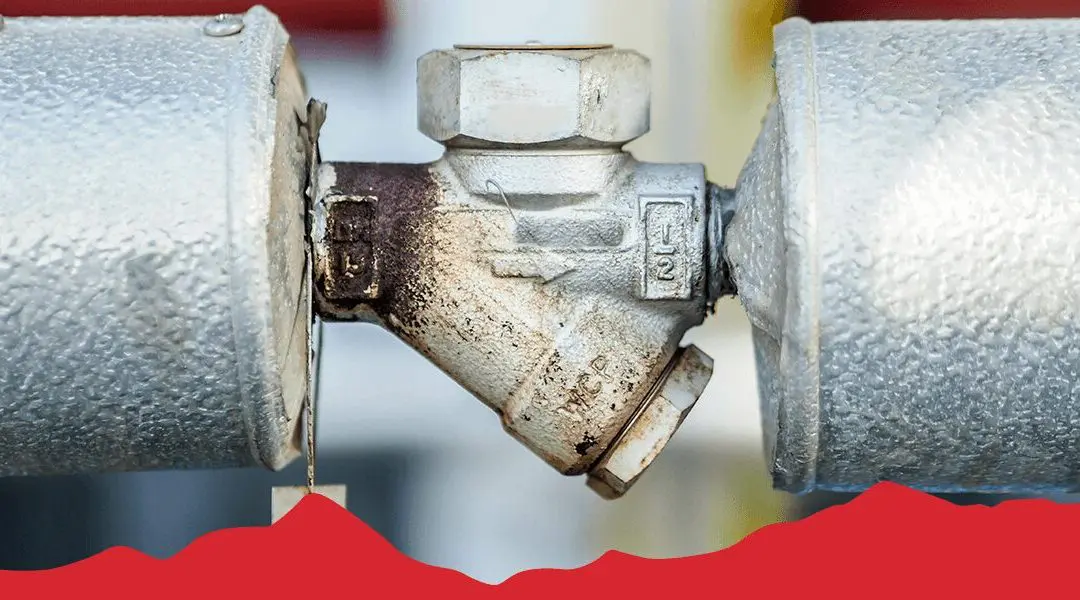- Contact Us
- Call Us
- Menu

Owners and operators of industrial facilities understand the high costs associated with steam trap failures. The often-overlooked component helps reduce fuel waste and production costs while improving overall system efficiency. Therefore, it’s crucial to invest in quality traps and ensure regular maintenance to increase their life span. This guide will address the common reasons why steam traps fail with practical solutions to mitigate unexpected damages.
Read More